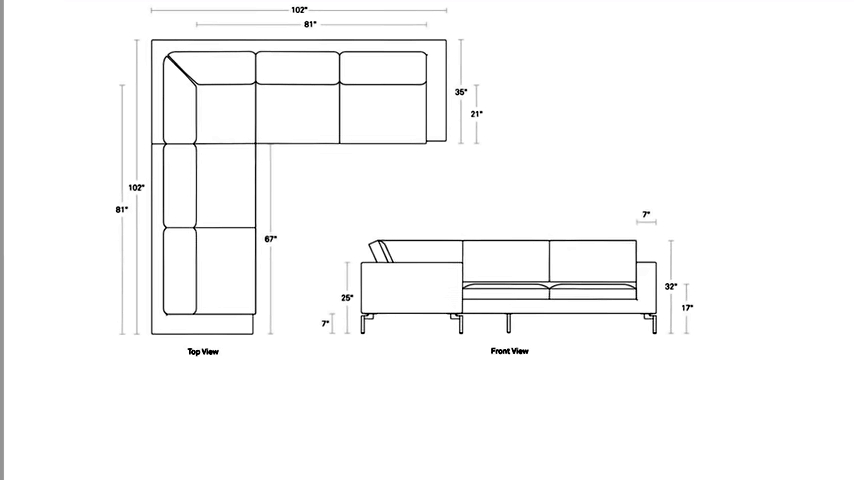Choosing Perfect Rug Size: A Comprehensive Guide

Perfect Rug Size: Hey, everyone! Welcome back to our deep dive into the world of area rugs. If you’ve ever been puzzled about choosing the right rug size for your space, you’re in the right place. Today, we’re tackling all the basics and throwing in a few secret pro tips to make your rug shopping a breeze.
Choosing Perfect Rug Size

The Golden Rule: Four to Six-Inch Border
The first rule of thumb when it comes to buying an area rug is ensuring there’s a four to six-inch border around all furniture pieces and their legs. This not only adds visual balance but also prevents the rug from looking cramped or awkward.
Use a rug size calculator and measure from one end of the furniture to the other, add six inches on each side, and do the same for the width.
Consider Room Layout and Unique Features
When measuring, take note of anything on the floor that might affect the rug’s shape or size—raised hearths, projecting bookshelves, or oddly-shaped corners.
If you’re planning a new layout, sketch it out to determine the ideal rug size.
Size Matters: Defining Your Space
The size of your rug matters because it defines the space it occupies. In the living room, it separates the seating area from traffic patterns, while in the bedroom, it outlines your sleeping space.
Avoid small rugs in front of beds—opt for one that covers the entire space, including the bed and nightstands.
Standard Rug Sizes: Decoding Measurements
Most prefabricated area rugs come in standard sizes like 3×5, 4×6, 5×8, 6×9, 10×12, and 10×15 feet. For living rooms, the popular sizes are 9×12, 10×14, or 12×15. In open-plan spaces, larger rugs can be customized to fit.
Choosing the Right Material: Synthetics vs. Naturals
Consider the material based on your needs. Synthetics like polyester and nylon are durable and stain-resistant, perfect for high-traffic areas. Natural fibers like wool provide luxury but come with a higher price tag. Cotton is soft but less durable, while jute and sisal are great for high-traffic areas.
Construction Matters: Weaves, Piles, and More
Rugs come in various constructions, from flat weaves and low piles to Berbers and cut-and-loop styles. Choose based on functionality—carpet tiles are ideal for high-traffic areas, while shags provide a plush feel. Consider the purpose of the rug and the level of maintenance it requires.
Secret Pro Tip: Wall-to-Wall Carpeting
Dealing with large living spaces or open plan layouts? Consider opting for wall-to-wall carpeting cut to your desired size. Synthetic options from carpet manufacturers are cost-effective, allowing you to maintain a generous rug size without breaking the bank.
Where to Shop: Online Resources and More
Explore online resources like rugs.com, Stark, allmodern.com, and Dash & Albert. Don’t forget to check Home Depot for affordable padding. Keep an eye out for sales to make the most of your investment.
Final Touch: The Importance of a Rug Pad
Always use a rug pad, especially for low-pile or non-shag rugs. It provides grip and protection while enhancing the lifespan of your rug. Rugs are a significant investment, so take your time finding the perfect size, material, and construction for your space. Have specific questions? Feel free to reach out at comment box.;



